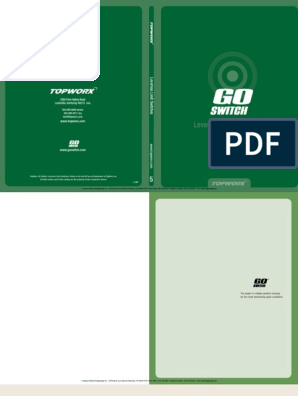0% found this document useful (0 votes)
408 views2 pagesVolume Boosters in Control Valves
1) Volume boosters are used with control valves to speed up the opening and closing of pneumatic actuators. They work by increasing and venting the air supply to allow faster movement.
2) A volume booster has three ports: a supply port, output port, and signal port. It uses signals from a positioner to control venting of air and supply of air to the actuator.
3) Some volume boosters include an adjustable bypass screw that can control the speed of opening and closing by adjusting how much signal is diverted from the booster. Fully closing the screw yields fastest movement while gradually opening it slows movement.
Uploaded by
Asad NaeemCopyright
© © All Rights Reserved
We take content rights seriously. If you suspect this is your content, claim it here.
Available Formats
Download as PDF, TXT or read online on Scribd
0% found this document useful (0 votes)
408 views2 pagesVolume Boosters in Control Valves
1) Volume boosters are used with control valves to speed up the opening and closing of pneumatic actuators. They work by increasing and venting the air supply to allow faster movement.
2) A volume booster has three ports: a supply port, output port, and signal port. It uses signals from a positioner to control venting of air and supply of air to the actuator.
3) Some volume boosters include an adjustable bypass screw that can control the speed of opening and closing by adjusting how much signal is diverted from the booster. Fully closing the screw yields fastest movement while gradually opening it slows movement.
Uploaded by
Asad NaeemCopyright
© © All Rights Reserved
We take content rights seriously. If you suspect this is your content, claim it here.
Available Formats
Download as PDF, TXT or read online on Scribd
/ 2







































































































